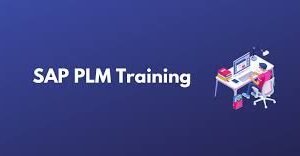Key Features for All Jira Users:
- Project Roadmap
One of Jira’s standout features, especially for software and product development teams, is its project roadmap. This feature allows teams to map out the entire project with a clear vision of what needs to be accomplished. It includes timelines, goals (both short-term and long-term), and task lists, helping project teams stay aligned and organized throughout the lifecycle of the project. - Detailed Reporting
Jira offers comprehensive reporting tools that are easy to use and understand. The default reporting system provides everything expected from a project management platform, covering aspects like progress tracking, team performance, and workload distribution, allowing project managers to make data-driven decisions. - Time Tracking
Time tracking is a crucial feature for managing project workflows. Jira allows users to track time spent on tasks and issues, offering different views and parameters. This helps managers plan more effectively for future sprints and resource allocation, ensuring efficient project delivery. - Mobile App
Jira’s mobile app provides flexibility for project managers who are always on the go. The app ensures that users can manage tasks, track progress, and collaborate with team members even when they are away from their desks, ensuring that no task is overlooked, and no deadlines are missed.
Jira Lifecycle Example:
Jira helps manage the entire lifecycle of a project, from inception to completion. Here’s a brief example of how Jira can be used to manage a task (e.g., moving conference room AV equipment):
- Create a Problem
- Define the issue (e.g., moving AV equipment).
- Attach necessary images (before and after) to help visualize the task.
- Add Inventory and Subtasks
- Include details like inventory lists, packing/unpacking requirements, and other logistics as subtasks under the main issue.
- Track Progress
- Once work starts, move the issue to a “pending” state, indicating it is in progress.
- Track completion of all subtasks, ensuring each part of the task is covered.
- Completion
- Once all subtasks (like adjusting assets at the new location) are completed, move the issue to the “completion” stage.



Reviews
There are no reviews yet.